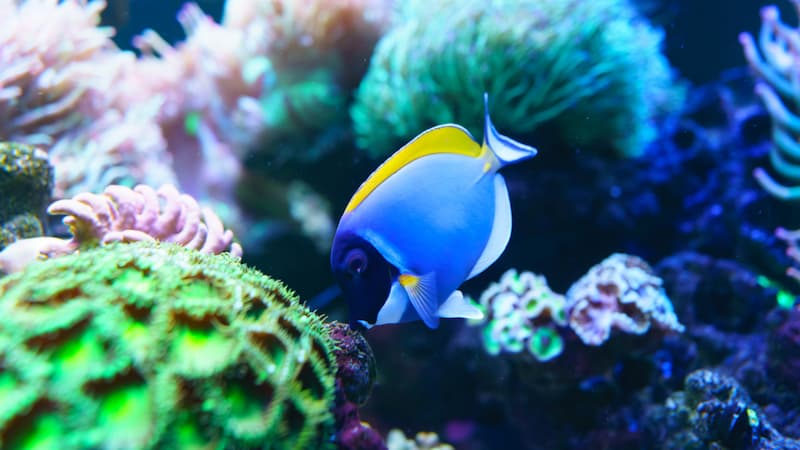Ammonia, Nitrate and Nitrites
Every aquarium should have water changes performed; it is a vital part of tank care. Fish produce ammonia which is toxic. It burns their gills and is fatal if levels rise high enough.
In a cycled aquarium, the bacterium inside the filter converts this ammonia into nitrite – which is still harmful – which then gets converted into nitrate. Nitrate is far less dangerous to fish and can be tolerated long term at low levels.
It is best to keep this nitrate levels as low as possible (around zero) for good fish health.
Over a period of a week or two, nitrate levels in an aquarium will begin to rise until they become too high.
To keep your fish happy and thriving, we recommend a water change at least every few weeks to ensure nitrate levels remain low.
There are many other benefits to carrying out water changes:
If you have plants, doing a water change will help to replace micronutrients which the plant will use to grow. The same concept applies to replacing elements used by coral in a saltwater aquarium.
Keeping your nitrates low can help reduce the amount of algae growth you have in your aquarium. Regular water changes also ensure that you are regularly checking in with your aquarium, so are more likely to notice any changes sooner rather than later.
Pro Tip!
If you need to clean out your filter sponge do it when you do a water change, rinse the sponge in a bucket of old tank water.
Washing your filter sponges under the tap can kill off your beneficial bacteria as tap water is not dechlorinated. Always remember to add tap water conditioner to new tap water before you add it to your aquarium this neutralises the chlorine.


